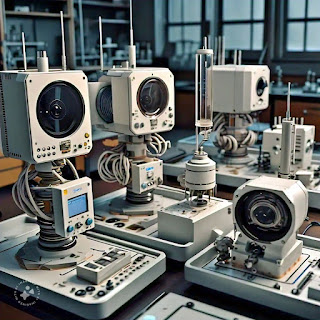Understanding X-Ray Detectors for Digital Radiography: A Comprehensive Guide

Digital radiography (DR) has revolutionized the field of medical imaging, offering enhanced image quality, faster processing times, and reduced radiation exposure compared to traditional film-based systems. At the heart of this technological advancement lies the X-ray detector, a critical component that captures the X-rays passing through the body and converts them into digital images. This blog delves into the world of X-ray detectors for digital radiography , exploring their types, working principles, and the benefits they bring to modern healthcare. What Are X-Ray Detectors? X-ray detectors are devices that capture and convert the X-ray energy emitted from an X-ray source into visible images. These images allow healthcare professionals to diagnose and monitor various medical conditions, ranging from broken bones to complex diseases. In digital radiography, the role of the X-ray detector is crucial as it directly influences the image quality, resolution, and overall efficiency...












